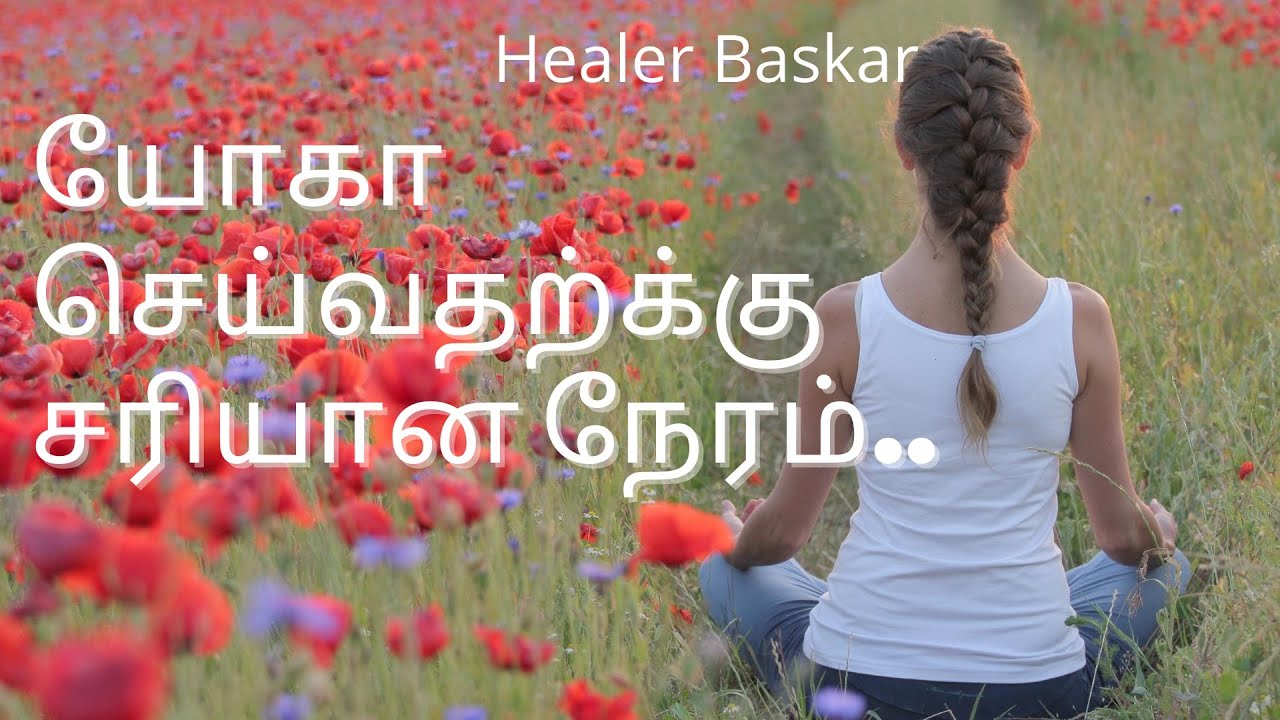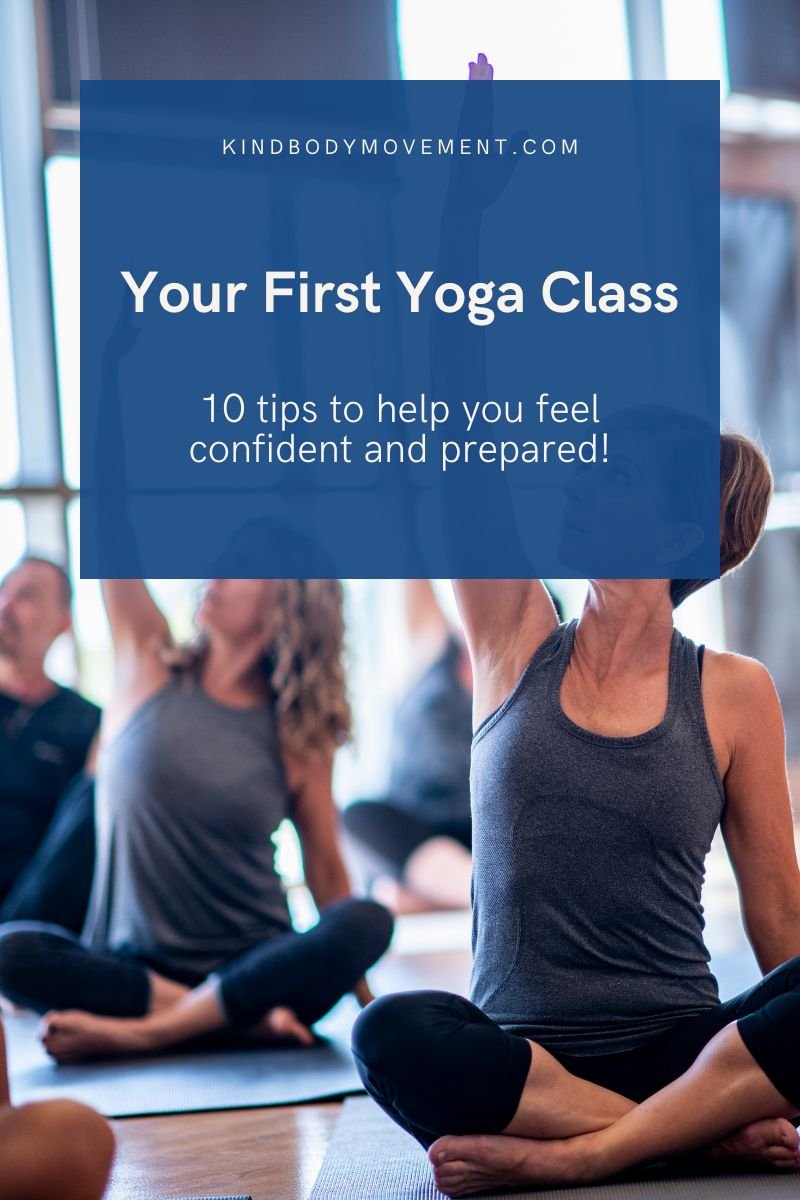
Yoga for immunity is a powerful way to ensure your body stays healthy throughout the year. The body is constantly adapting its immune system to new germs. The immune system fights these germs by producing antibodies and by removing harmful substances from the body. Your immune system will be less effective in fighting off illness and preventing you from getting sick. Yoga for immunity is not just about stretching and moving; it also helps you relax your mind and body.
There are many types of yoga poses that can be used to increase immunity. Some are designed to increase blood circulation, strengthen the arms, improve the digestion, and reduce stress. Others improve the immune system’s natural defenses by increasing the body’s ability to fight infections and relaxing the nervous systems.
Vrikshasana involves lifting the right foot. This is considered one of the best yoga postures for immunity. This pose is good for strengthening the hips, legs and blood circulation. It is also a stress reliever and helps to increase the flow of white blood vessels.

Sukhasana, another yoga pose that can boost immunity, is also a good option. This pose is good for blood circulation and helps to increase blood flow in the neck, head, and neck. It also relaxes the spine and relieves stiffness between the shoulder blades. It is also a traditional meditation pose. This pose helps to eliminate unwanted thoughts and stress. Additionally, it improves white blood cell flow. It's also used to increase your energy and improve your inner power.
Yoga for immunity involves breathing exercises and stretching. The best yoga for immunity poses help to increase the strength of the immune system and increase its ability to fight infection. There are nine poses that can be considered to be effective. These yoga asanas allow you to hold the poses and deepen your breathing. These poses are best practiced slowly and without strain. Also, you should practice the poses at minimum twice a day.
Yoga for immunity poses can help improve the immune system and reduce stress. Stress is a major cause of many health issues. Stress can also lead obesity and to increased risk of heart disease and diabetes. This pose also helps to cleanse the digestive system. The body and mind are connected by this breathing technique. This breathing technique increases oxygen flow and helps to eliminate toxins.
Yoga for immunity helps relax the nervous systems and strengthens the muscles. The poses also help to increase the metabolism. Yoga asanas strengthen back, abdominal muscles spine, joints and joints. They also promote flexibility and relieve stress. You can do them even if you are not a professional.

Yoga uses ancient breathing techniques to connect the body and mind. This technique aids in aligning the body's movement, and helping to eliminate toxins. It also helps to balance the mind's fluctuation.
Yoga can increase immunity. There are many other exercises that can also help. A healthy diet is essential to maintain your health and increase your immunity. Modern medicine can also help to combat illness.
FAQ
What happens when you practice yoga every single day?
It makes you feel calm, relaxed, and centered. It improves your posture, balance and flexibility.
You will become more aware and conscious of your body, how it feels when moving. This awareness makes you more mindful and conscious of yourself.
Yoga can help you improve your concentration.
Your mind will become sharper and more clear. It calms the nervous system. It decreases stress levels. It promotes peace and well-being.
What are the health benefits from yoga?
Yoga is an ancient practice that originated in India. Yoga was created by Hindu monks to improve their mental and physical well-being over the centuries. Many people turn to yoga for stress relief and relaxation. Some people believe that yoga improves strength and flexibility.
Yoga can also improve balance and coordination. This makes it an excellent exercise for older adults who wish to remain active. It can prevent falls and other injuries.
Yoga is good to your heart because it strengthens you cardiovascular system. This is especially helpful for those who are obese, have high blood sugar, or have diabetes.
Yoga also reduces stress, anxiety, depression, and insomnia. Chronic pain can often result from these conditions, so yoga practice may prove especially helpful for people with arthritis or fibromyalgia.
As you get older, your muscles naturally lose some elasticity. Yoga can keep your muscles flexible and strong. You'll find that yoga gives you more energy and stamina as you age.
The National Institute on Aging says that regular yoga has been shown to reduce symptoms of depression, such as fatigue and feelings of hopelessness. According to the institute yoga can increase bone density and lower cholesterol.
Yoga can also help with headaches and back pain. Yoga's slow pace, gentle movements and effectiveness in relieving muscle spasms can be attributed to its effectiveness for strains and muscular spasms.
Is yoga safe?
Yes! Yoga is considered to be low risk and is generally safe for everyone. If you have any injuries or medical conditions, consult your doctor before starting a yoga practice.
Which yoga style is best for beginners?
Yoga poses and styles can be confusing for beginners.
Hatha Yoga is the most well-known type of yoga. It focuses on stretching and physical fitness. It can help reduce stress and improve concentration.
Kundalini Yoga is another popular style that involves meditation and breathing techniques. This practice has many health benefits including increased flexibility, balance, power, and strength.
Yin Yoga can be another option for beginners who wish to calm their minds and relax. Yin Yoga emphasizes the importance of holding postures or poses for longer periods.
Do I need to warm up before doing yoga?
No. No.
Stretching your muscles before you exercise can help to loosen stiff muscles.
Is it possible to do yoga every day for beginners?
Yoga can be a great way of strengthening your body and stretching. It also helps you relax and release stress. You don't necessarily have to be a master of yoga to start to practice it regularly. Aim to practice yoga 20 minutes per day for beginners.
This will give you enough time to get started. Gradually increase the time spent practicing.
Statistics
- About one in seven U.S. adults practiced yoga in the past 12 months, according to a 2017 national survey. (nccih.nih.gov)
- A 2020 review of 27 studies (1,805 total participants) of yoga interventions in children or adolescents found reductions in anxiety or depression in 70 percent of the studies, with more promising results for anxiety. (nccih.nih.gov)
- According to the Agency for Healthcare Research and Quality, falls are incredibly common among older adults in nursing facilities. Even the simplest ones can increase the risk of death (24). (healthline.com)
- Lock in 25% off your Founding Member rate. (corepoweryoga.com)
- Start your Fall off right with 20% off All Access Membership when you sign up by 9/25! (corepoweryoga.com)
External Links
How To
Where is the best spot to practice yoga?
There are many ways to practice yoga. Each person has their style. Only you need to choose the positions that feel most comfortable.
These are some of the most common positions:
Standing poses - These are great for beginners as they allow you to view your body from many angles. These poses make it easier for you to focus on your breath.
Forward bends - Forward bends are often used to open up tight areas of the body. You can do them sitting down or lying down.
Backbends: Backbends can be considered advanced poses. Instructors can help you decide if this is a pose you would like to try.
Inversions - These are poses that require you upside down to balance. This is a challenging but rewarding type of yoga.